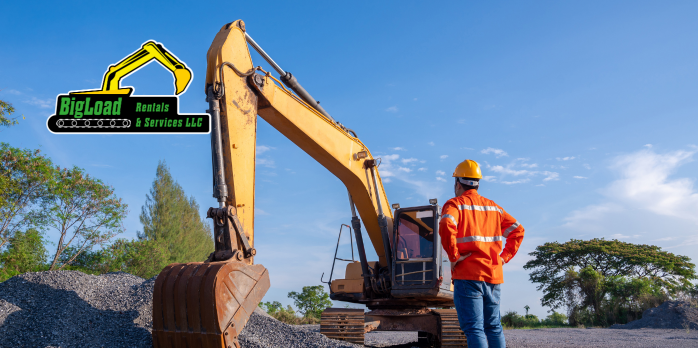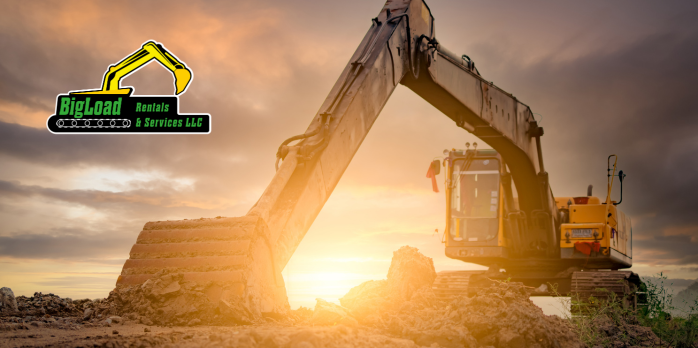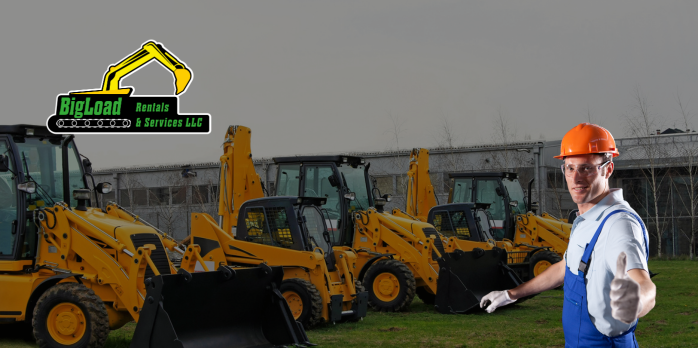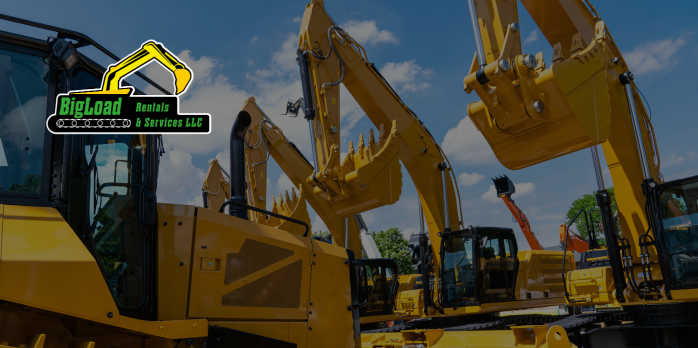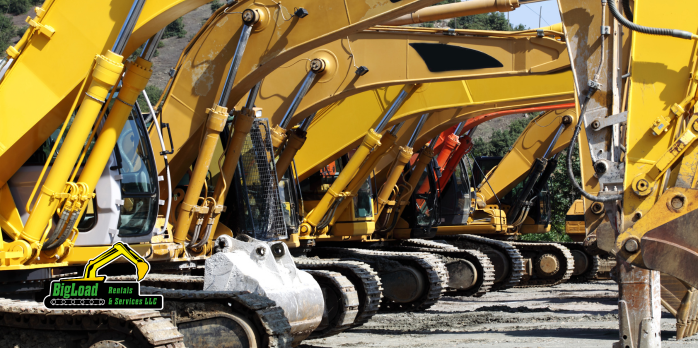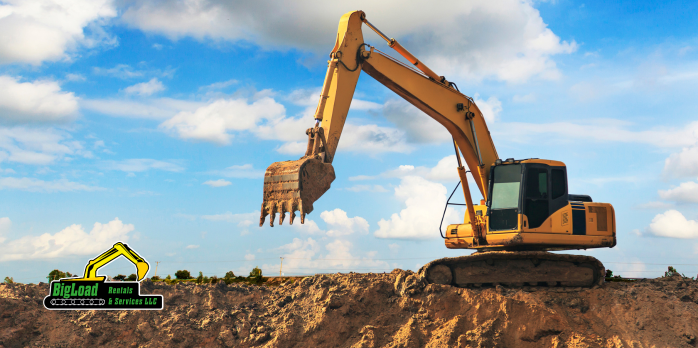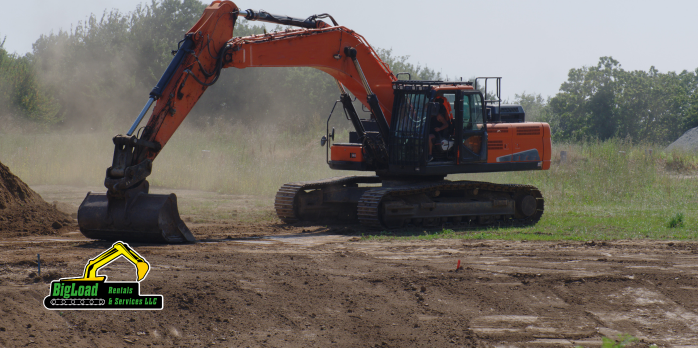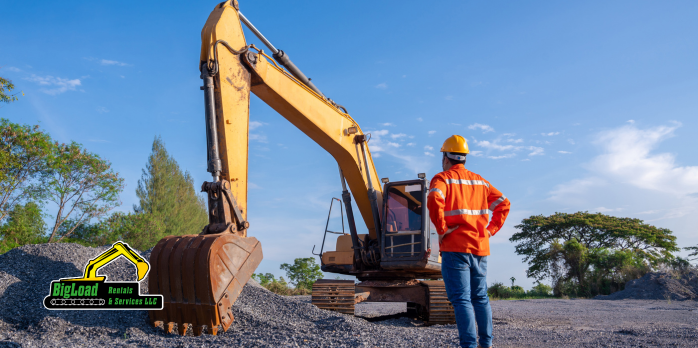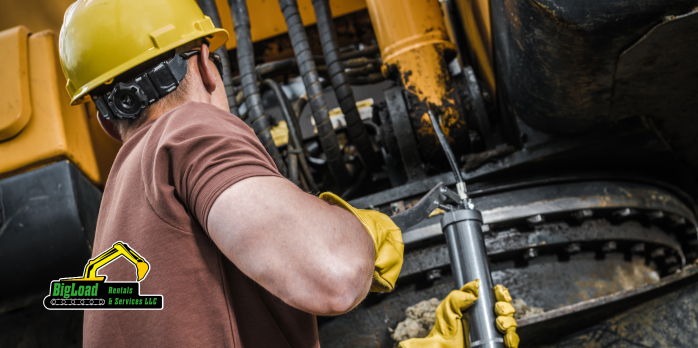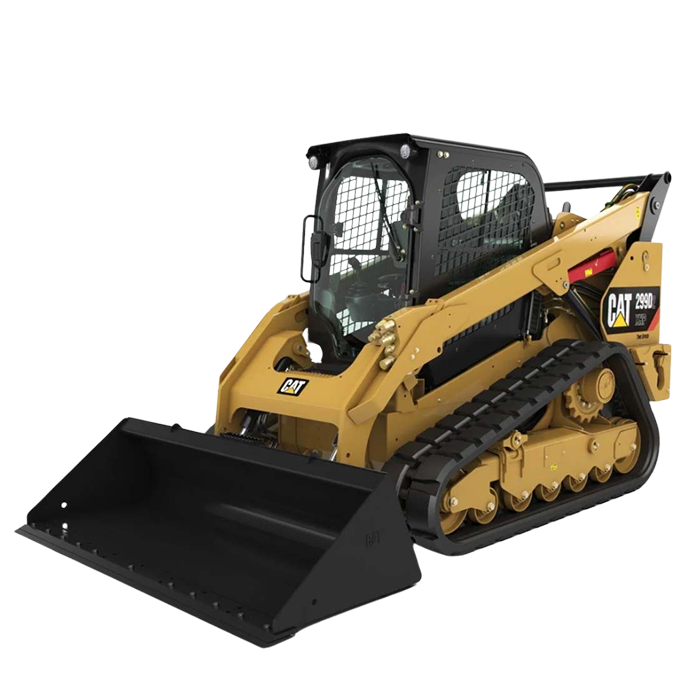Understanding Usage Limits for Scissor Lifts
Avoiding Common Mistakes in Scissor Lift Operation
Operating a Scissor Lift requires adherence to safety protocols and an understanding of its limitations. Ignoring these limitations can lead to accidents, injuries, or equipment damage. Let's explore what you should avoid doing while using a Scissor Lift to ensure a safe and productive work environment.
- Exceeding Weight Capacity: One of the most critical limitations of a Scissor Lift is its weight capacity. Exceeding the specified maximum load can compromise the stability of the lift, leading to tipping or structural failure. Always check the manufacturer's guidelines and never overload the platform.
- Making Abrupt Movements: Scissor Lifts are designed for vertical movement, not lateral motion. Avoid making sudden or jerky movements, especially when the platform is elevated. Rapid changes in direction or speed can destabilize the lift and pose a risk of tipping.
- Operating in Adverse Weather Conditions: Scissor Lifts should not be used in inclement weather conditions, such as high winds, rain, or lightning storms. Wet or slippery surfaces can affect traction and stability, increasing the risk of accidents. Always postpone operations until weather conditions improve.
- Using Unstable Surfaces: Scissor Lifts should only be operated on stable and level surfaces. Avoid using them on uneven terrain, soft ground, or surfaces with obstacles. Uneven surfaces can cause the lift to tilt or become unbalanced, posing a danger to operators and nearby workers.
- Ignoring Safety Devices and Procedures: Scissor Lifts are equipped with safety devices such as guardrails, harness attachment points, and emergency stop buttons for a reason. Ignoring these safety features or bypassing safety procedures can result in accidents or injuries. Always follow proper safety protocols and use personal protective equipment as required.
- Overreaching or Leaning Out of the Platform: Operators should never lean out of the platform or overreach while using a Scissor Lift. Maintain a stable and centered position within the platform at all times. Leaning out increases the risk of falls or entrapment between the lift and nearby structures.
- Modifying or Altering the Equipment: Scissor Lifts should never be modified or altered in any way that deviates from the manufacturer's specifications. Alterations can compromise the structural integrity of the lift and void warranties, putting operators at risk.
Understanding and respecting the limitations of a Scissor Lift are essential for safe and efficient operation. By following these guidelines and exercising caution, operators can mitigate risks and ensure a secure working environment.
Need expert guidance on Scissor Lift safety or looking to rent reliable equipment? Contact Big Load Equipment Rentals at (832) 366-4862 for professional assistance and access to top-quality Scissor Lifts. Safety is our priority – call us today!
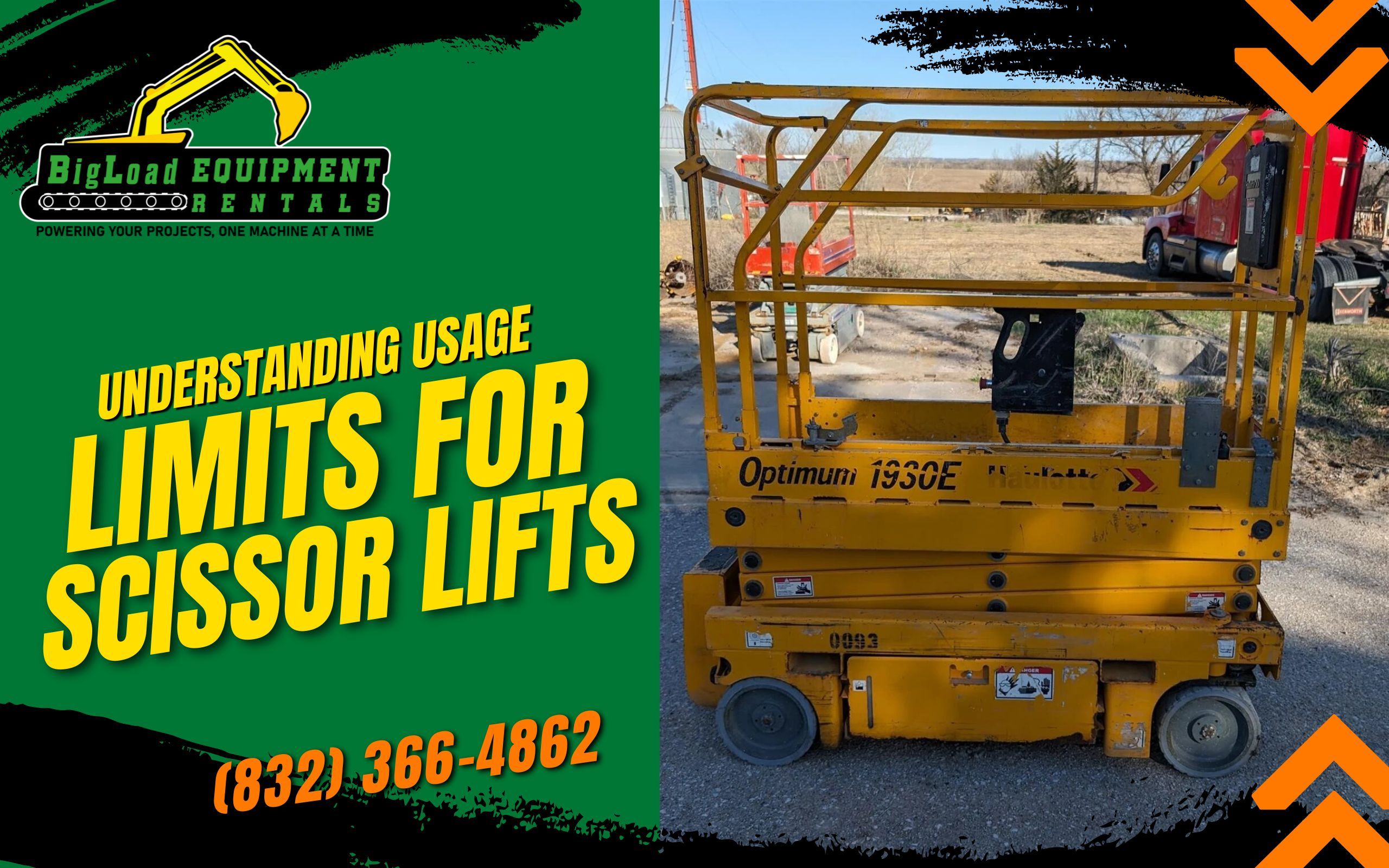
Comprehensive Equipment Rental Services, Earthmoving Equipment Rental, Professional Excavation Services, Material Lifting Solutions, Precision Road Grading Rentals, Construction Equipment Hire, Specialized Earthmoving Services, Advanced Excavation Equipment, Durable Material Handling Machinery, Custom Land Grading Solutions, Heavy Machinery Rental Services, Industrial Equipment Leasing, Top-Quality Construction Tools Rental, Efficient Project Equipment Solutions, Comprehensive Material Handling Services
